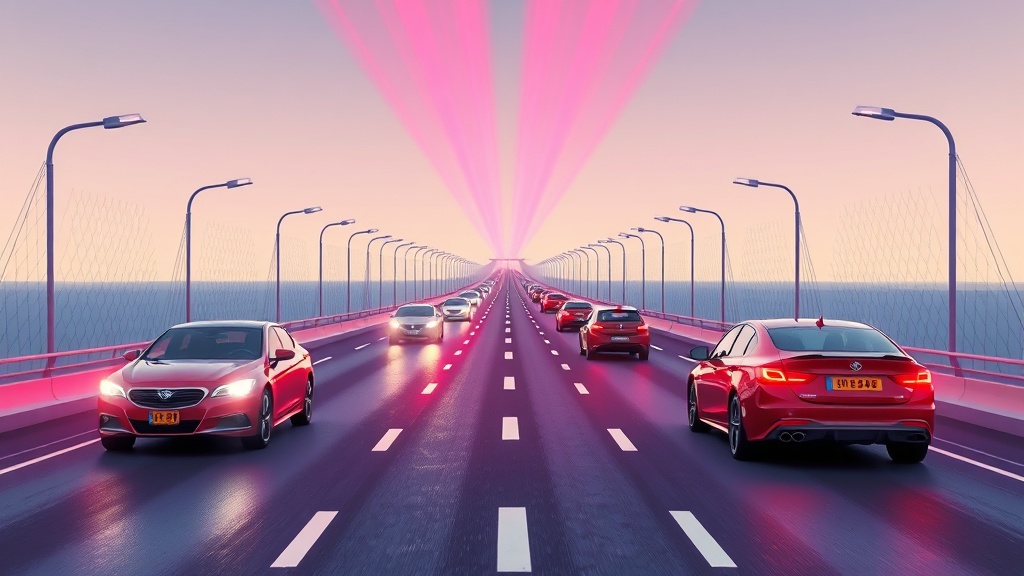Home / Technology / China's Futuristic Driving Experience: Lasers, EVs, and Mega-Bridges
China's Futuristic Driving Experience: Lasers, EVs, and Mega-Bridges
15 Nov
Summary
- China deploying anti-drowsiness lasers on highways to keep drivers alert
- Widespread adoption of electric vehicles, including many local Chinese brands
- World's longest sea-crossing bridge, the 34-mile Hong Kong-Zhuhai-Macau Bridge

As of November 2025, driving in China has become a truly futuristic experience. The country is at the forefront of innovative automotive technologies, with a range of cutting-edge features on its roads.
One of the most striking developments is the use of anti-drowsiness lasers on highways. To keep drivers alert, China has deployed systems that project colorful lasers across the road and into the sky, visually stimulating motorists and making it nearly impossible to nod off behind the wheel.
Another notable aspect of driving in China is the widespread adoption of electric vehicles (EVs). By the end of 2024, there were 31.4 million New Energy Vehicles on the country's roads, accounting for a significant portion of the 353 million cars in total. These EVs come not only from global brands but also from a variety of local Chinese manufacturers, many of which have yet to make their way to the UK or Europe.
Perhaps the most awe-inspiring feature of China's driving landscape is the Hong Kong-Zhuhai-Macau Bridge, the longest sea-crossing bridge in the world. Stretching an incredible 34 miles, this engineering marvel connects Hong Kong in the east with Zhuhai and Macau in the west, showcasing China's capabilities in large-scale infrastructure projects.
Driving in China has truly become a unique and futuristic experience, with cutting-edge technologies, a diverse range of electric vehicles, and record-breaking bridges that redefine the boundaries of what's possible on the road.



